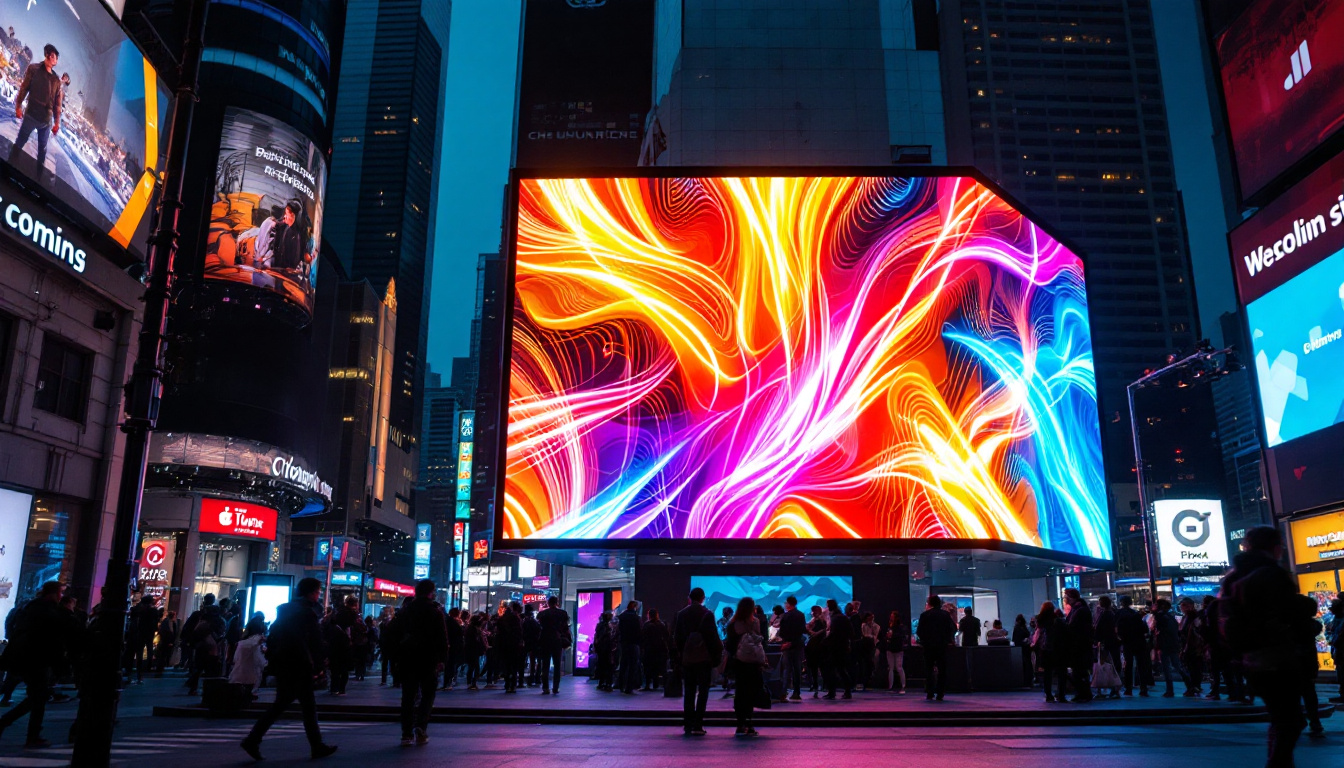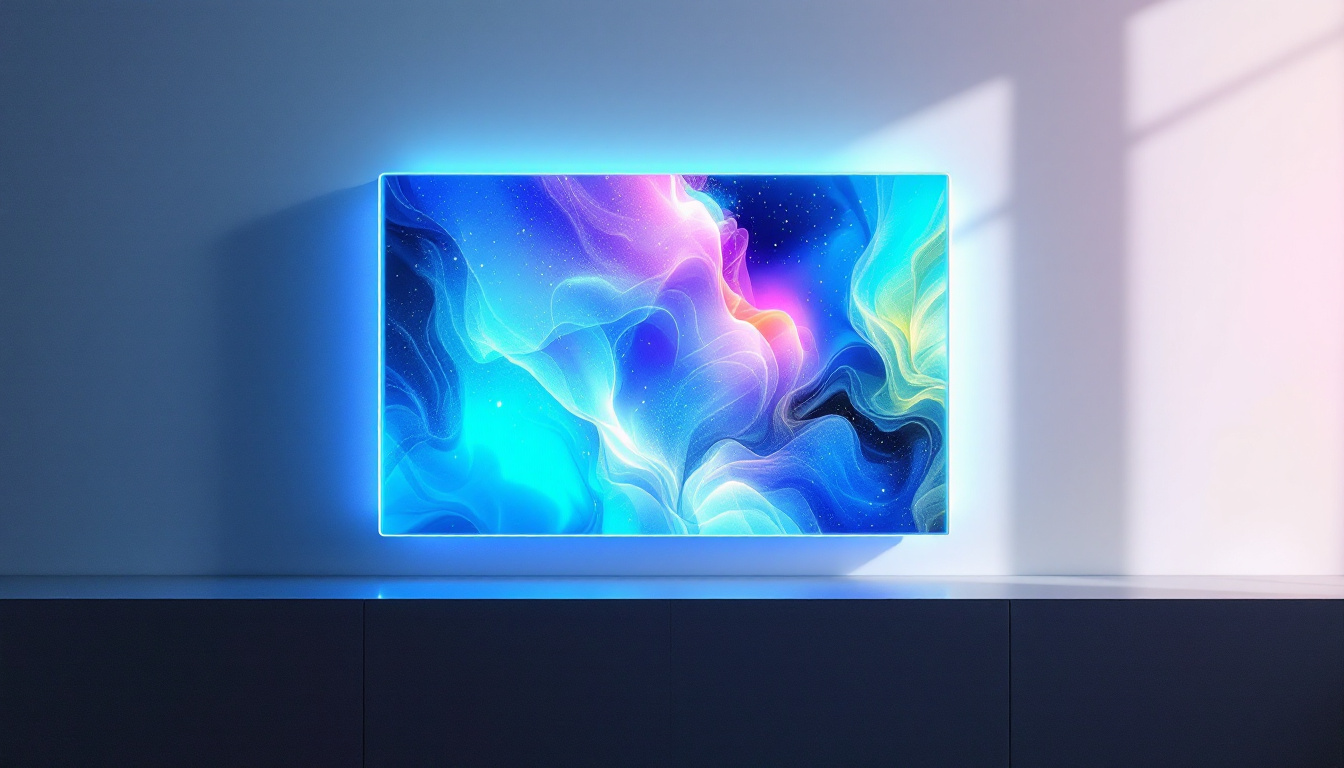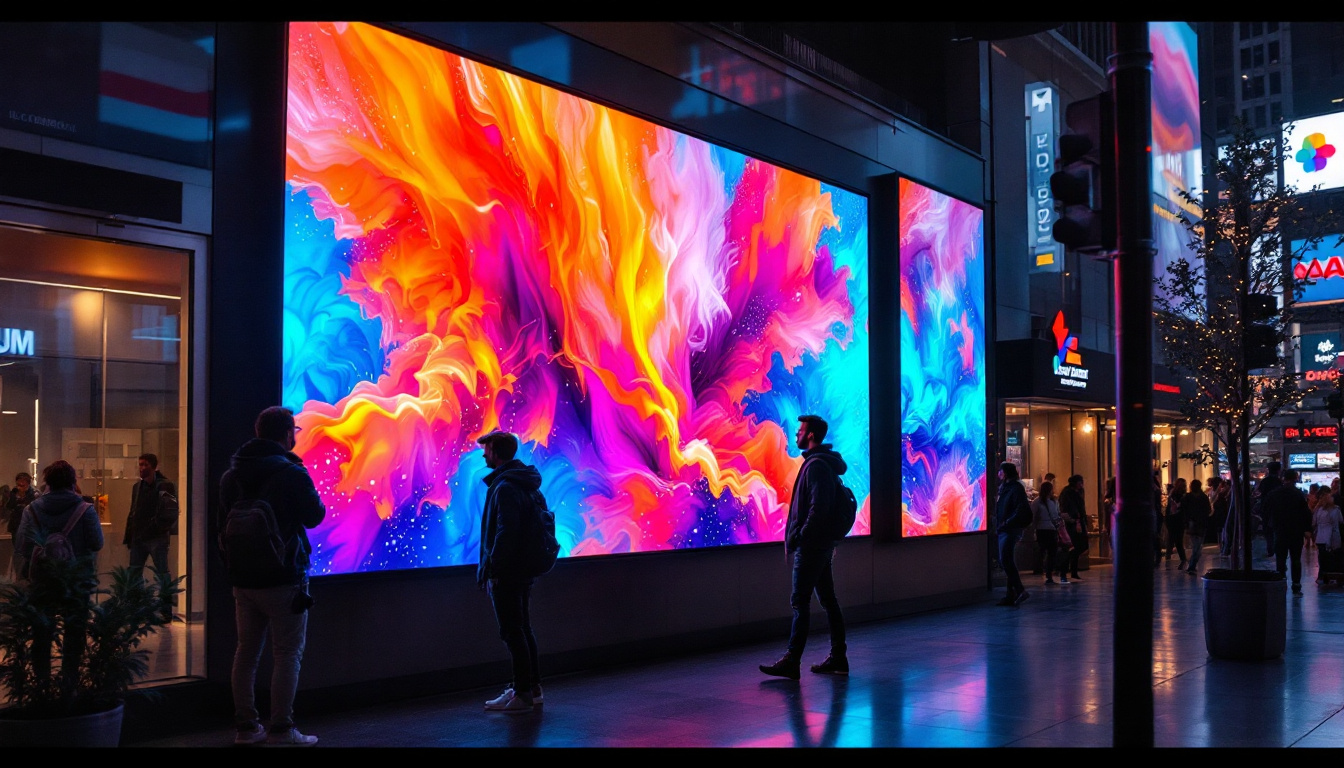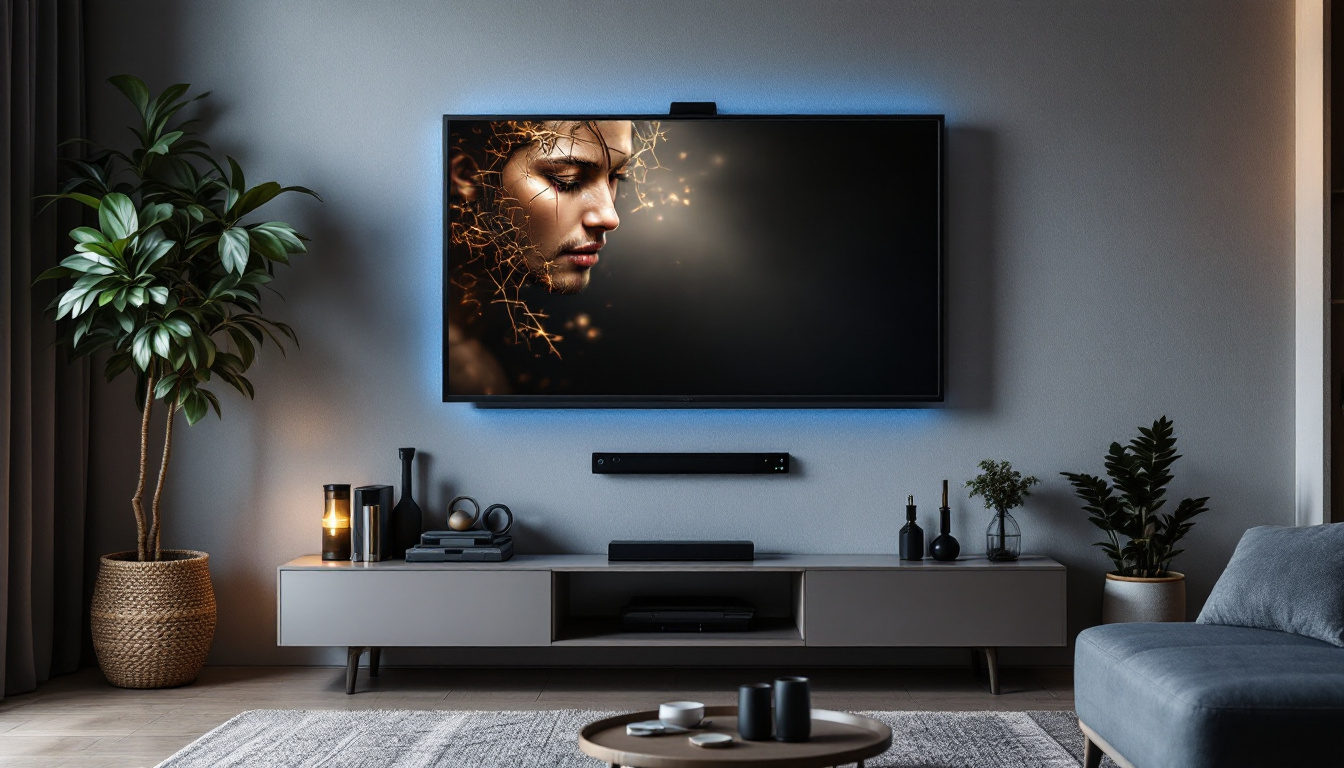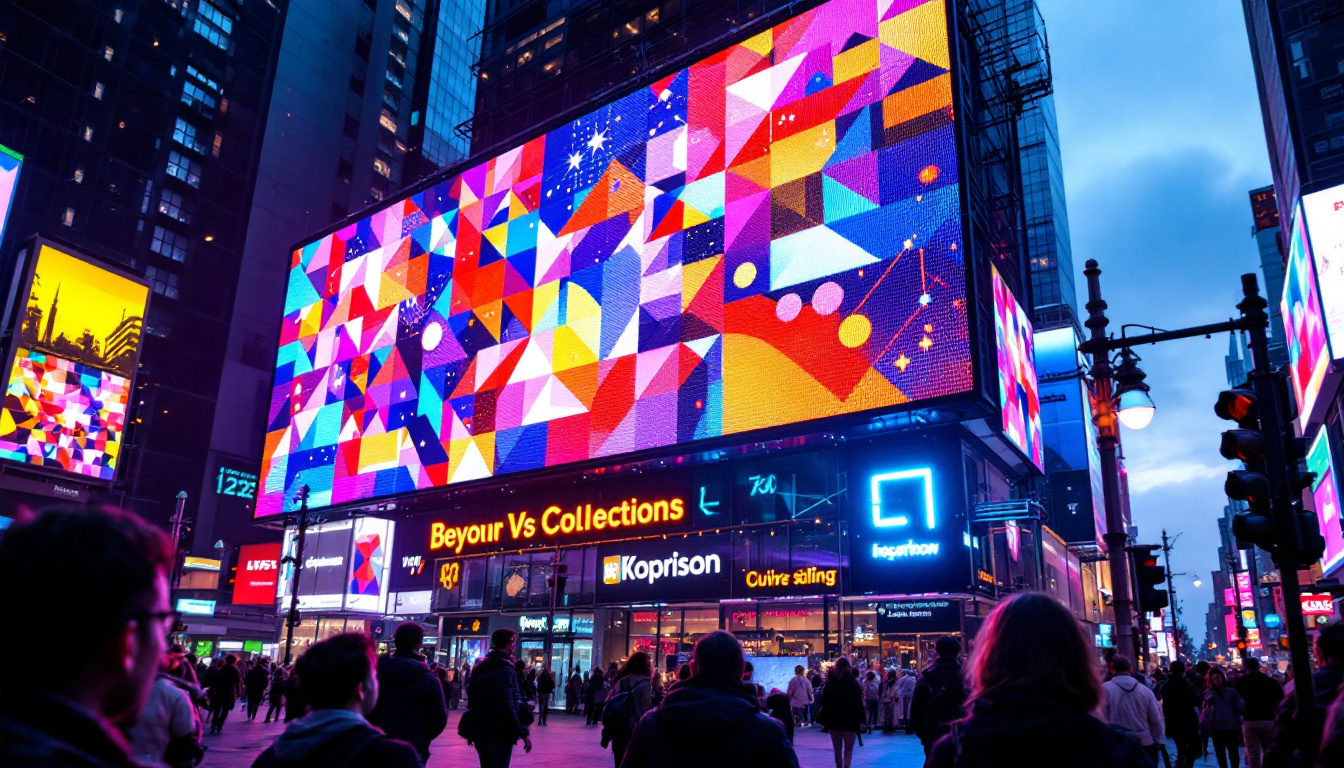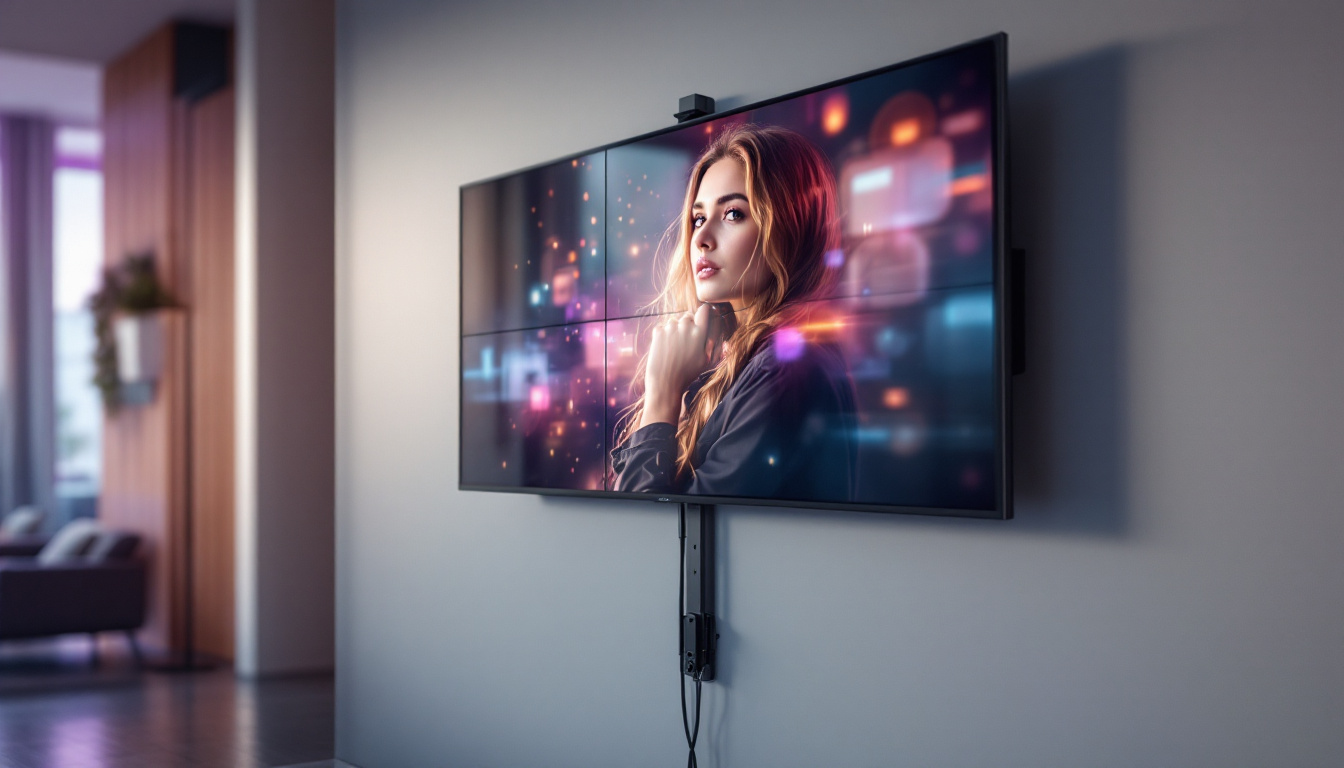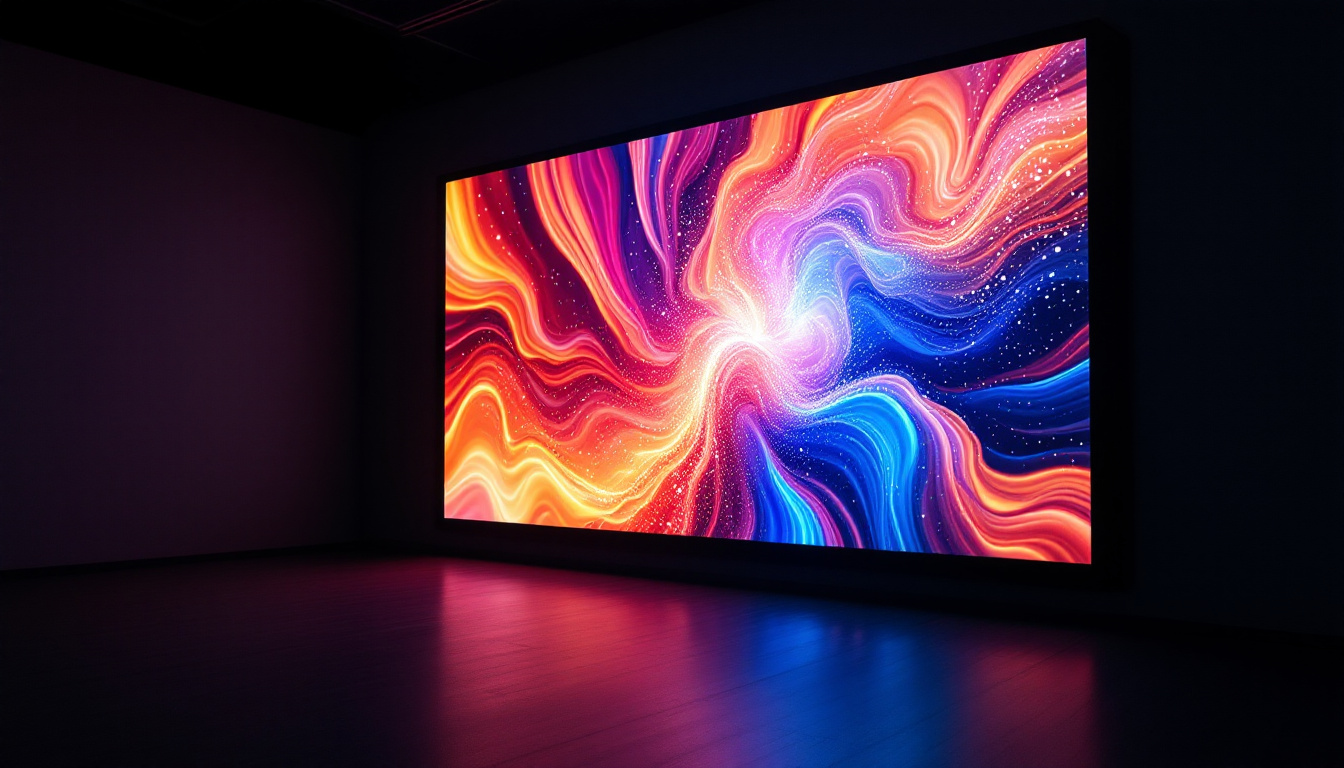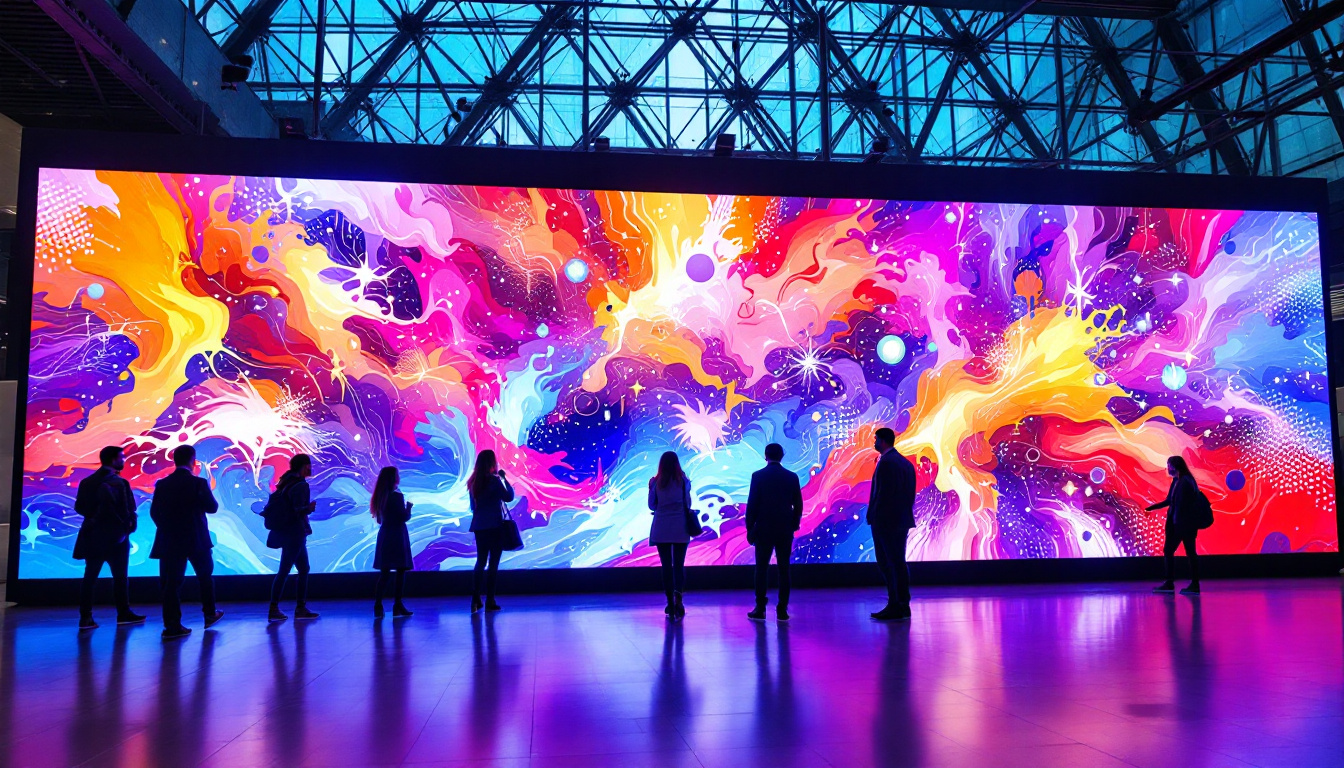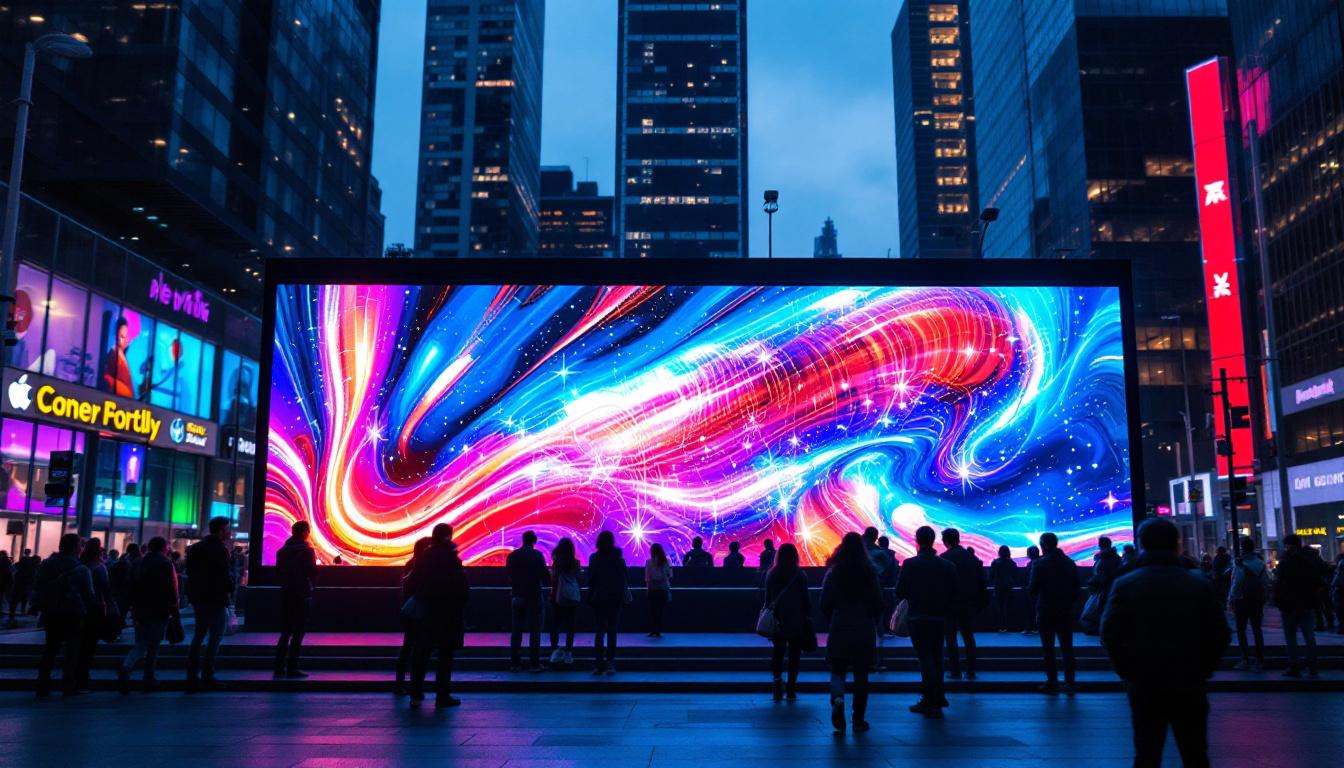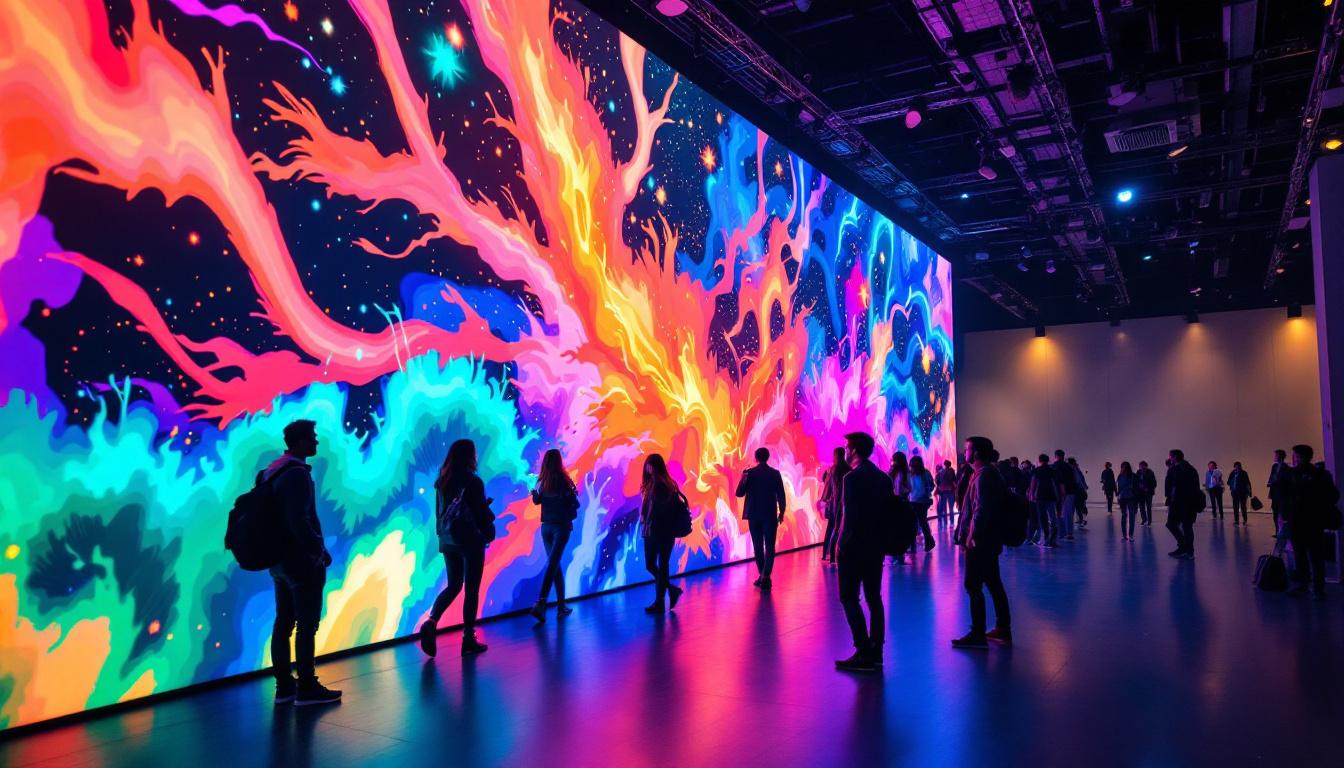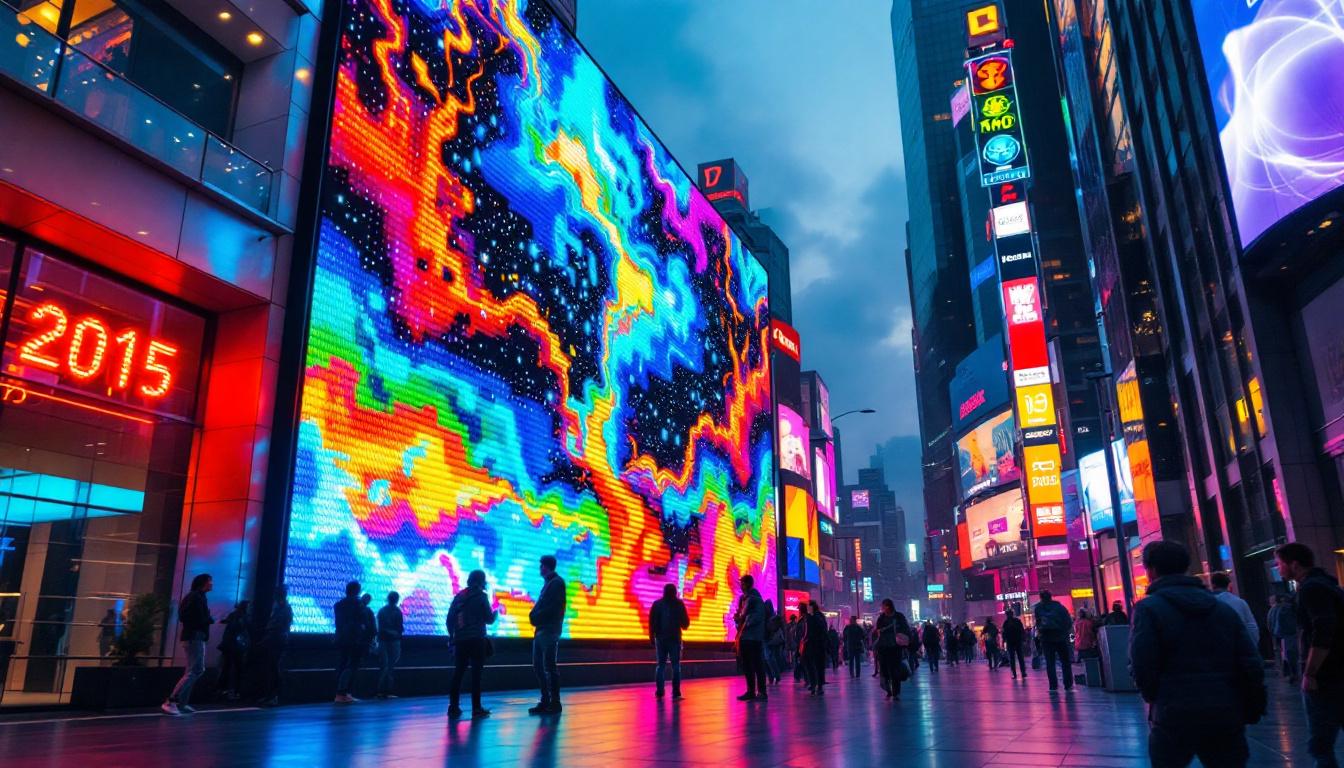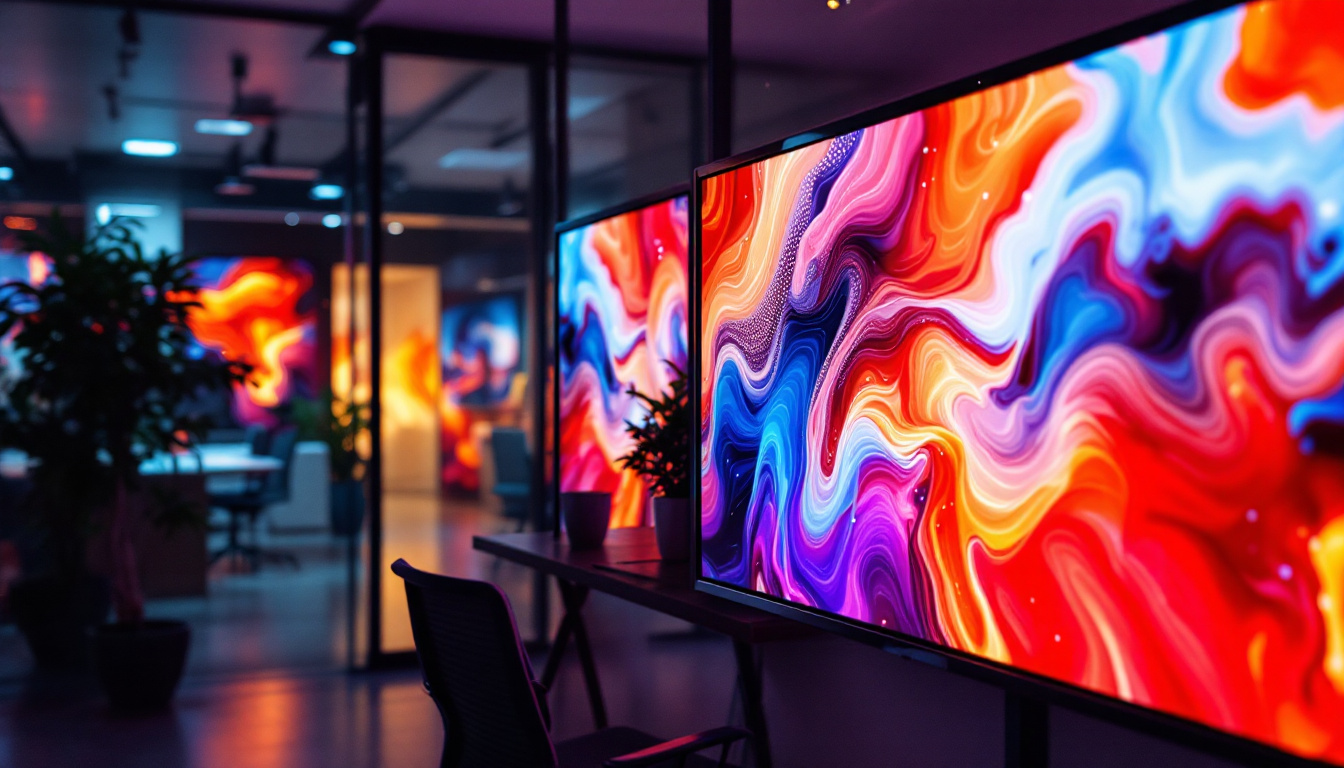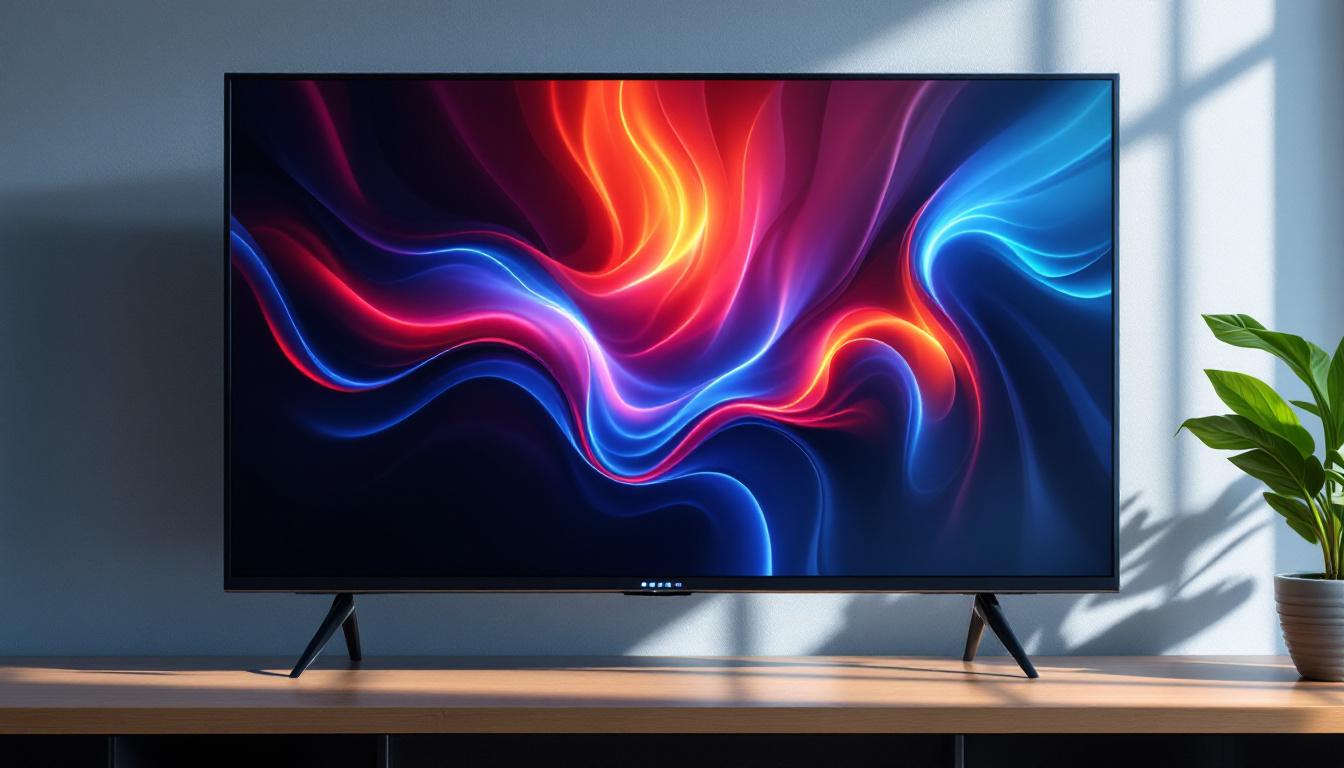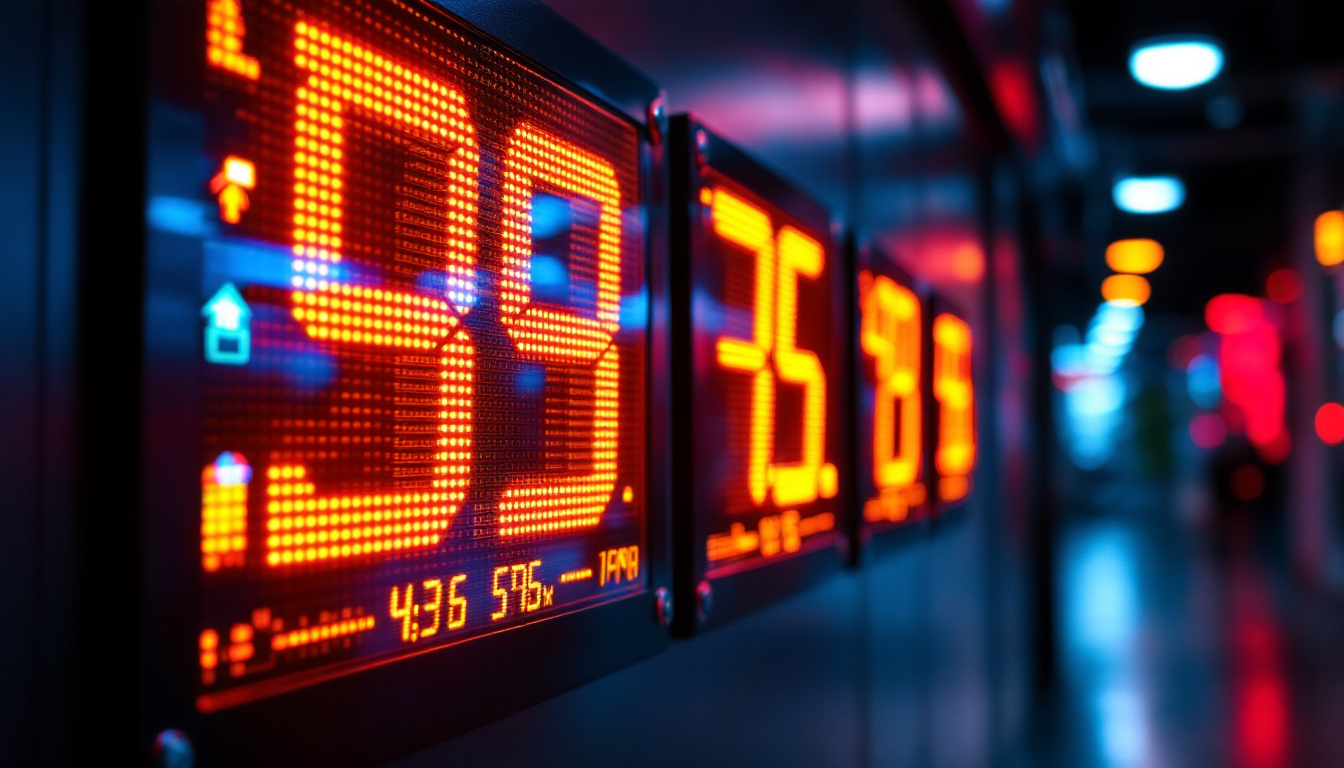Wireless LED Control: LED Display Explained
In the modern world, LED displays have become an integral part of various industries, from advertising to entertainment and even in information dissemination. With advancements in technology, the way we control these displays has evolved significantly. Wireless LED control systems have emerged as a game-changer, providing flexibility, ease of use, and enhanced functionality. This article delves into the intricacies of wireless LED control, explaining how it works, its advantages, and its applications.
Understanding LED Displays
LED (Light Emitting Diode) displays are electronic screens that use LEDs as pixels to produce images, videos, and text. These displays are known for their brightness, energy efficiency, and versatility, making them suitable for both indoor and outdoor applications. The ability to produce vivid imagery and sharp text has made LED displays a popular choice in various industries, including advertising, entertainment, and information dissemination.
The Technology Behind LED Displays
At the core of LED displays is the LED technology, which involves the emission of light when an electric current passes through a semiconductor material. This technology allows for vibrant colors and high contrast ratios, which are essential for effective visual communication. The advancements in LED technology have also led to the development of features such as dynamic brightness adjustment, which optimizes the display’s visibility in varying lighting conditions, ensuring that content remains clear and engaging regardless of the environment.
LED displays can be categorized into various types, including direct view, backlit, and OLED (Organic Light Emitting Diode) displays. Each type has its unique characteristics and applications, but all benefit from advancements in wireless control systems. For instance, direct view LED displays are often used in large-scale outdoor advertising and sports arenas, where their high brightness and durability can withstand the elements. In contrast, OLED displays offer superior color accuracy and contrast, making them ideal for high-end televisions and mobile devices.
Types of LED Displays
There are primarily two types of LED displays: monochrome and full-color displays. Monochrome displays typically use a single color, often red, green, or blue, to convey information. In contrast, full-color displays utilize a combination of red, green, and blue LEDs to create a wide spectrum of colors, allowing for more dynamic and engaging content. This versatility has made full-color LED displays increasingly popular for applications such as digital signage, where the ability to showcase vibrant advertisements can significantly enhance viewer engagement.
Additionally, LED displays can be further classified based on their pixel pitch, which refers to the distance between the center of one pixel to the center of the adjacent pixel. Smaller pixel pitches result in higher resolution displays, making them ideal for close viewing distances. For example, a pixel pitch of 1.5mm is suitable for indoor environments where viewers are typically closer to the screen, while a pixel pitch of 10mm or larger is often used for outdoor displays viewed from a distance. The choice of pixel pitch not only affects the display’s resolution but also its overall cost and installation requirements, making it an important consideration for businesses and organizations looking to invest in LED technology.
The Rise of Wireless Control
Wireless control systems for LED displays have gained popularity due to their convenience and flexibility. Traditionally, LED displays were controlled via wired connections, which often limited their placement and accessibility. Wireless technology has transformed this landscape, allowing for remote management and real-time updates.
How Wireless Control Works
Wireless LED control systems typically utilize technologies such as Wi-Fi, Bluetooth, or proprietary RF (Radio Frequency) protocols. These systems consist of a transmitter, which sends signals to the LED display, and a receiver, which interprets these signals and adjusts the display accordingly.
The use of wireless technology allows for seamless integration with various devices, including smartphones, tablets, and computers. This means that users can control their LED displays from virtually anywhere, making it easier to update content, change settings, and troubleshoot issues. Additionally, many systems now support cloud-based management, enabling users to access their displays over the internet, further enhancing the convenience of remote operation.
Benefits of Wireless LED Control
The advantages of wireless LED control are numerous. Firstly, it eliminates the need for extensive cabling, reducing installation costs and time. Secondly, it enhances flexibility, allowing displays to be relocated easily without the hassle of rewiring.
Moreover, wireless systems often come equipped with user-friendly interfaces, enabling even those without technical expertise to manage displays effectively. This democratization of technology fosters creativity and innovation in content creation and display management. For instance, marketing teams can quickly adapt their messaging in response to real-time events or audience feedback, ensuring that the content remains relevant and engaging.
Furthermore, the integration of advanced analytics into wireless control systems allows users to gather valuable data on viewer engagement and display performance. By analyzing this data, businesses can optimize their content strategies and improve audience interaction. This capability not only enhances the effectiveness of advertising campaigns but also contributes to a more personalized experience for viewers, as content can be tailored to specific demographics or preferences.
Applications of Wireless LED Control
Wireless LED control systems have found applications across various sectors, each leveraging the technology to enhance communication and engagement.
Advertising and Marketing
In the advertising industry, wireless LED displays are used for dynamic content delivery. Brands can change advertisements in real-time based on audience engagement, time of day, or even weather conditions. This adaptability allows for targeted marketing strategies, maximizing the impact of advertising campaigns.
Additionally, wireless control enables advertisers to monitor the performance of their displays remotely, providing valuable insights into viewer engagement and effectiveness. This data can be analyzed to refine advertising strategies, ensuring that brands can pivot quickly to meet changing consumer preferences. Moreover, the integration of social media feeds into these displays allows brands to create a two-way communication channel with their audience, fostering a sense of community and encouraging user-generated content that can further amplify their marketing efforts.
Events and Entertainment
In the realm of events and entertainment, wireless LED displays have revolutionized the way information is presented. Concerts, festivals, and sporting events utilize large LED screens to provide live feeds, information, and advertisements, enhancing the overall experience for attendees.
Event organizers can easily update content on the fly, ensuring that audiences receive timely information about schedules, announcements, and promotional offers. This level of interactivity significantly enhances audience engagement and satisfaction. Furthermore, the ability to synchronize multiple displays across a venue allows for a cohesive visual experience, where lighting effects and video content can be coordinated to create an immersive atmosphere. This technology not only captivates the audience but also opens up new avenues for sponsorship opportunities, as brands can showcase their logos and products in real-time during high-visibility moments.
Public Information Systems
Wireless LED displays are also widely used in public information systems, such as transportation hubs, airports, and city centers. These displays provide real-time updates on schedules, delays, and other essential information.
By utilizing wireless control, city officials can manage multiple displays across different locations from a central system, ensuring that the public receives accurate and timely information. This capability is crucial for maintaining order and efficiency in busy environments. Additionally, the implementation of wireless LED displays can enhance public safety by disseminating emergency alerts and important announcements quickly and effectively. In urban areas, these displays can serve as a platform for community engagement, allowing local governments to share news, events, and initiatives that encourage civic participation and foster a sense of belonging among residents.
Challenges and Considerations
While wireless LED control systems offer numerous benefits, they are not without challenges. Understanding these challenges is essential for effective implementation and management.
Signal Interference
One of the primary concerns with wireless control systems is signal interference. Various factors, including physical obstructions, electronic devices, and environmental conditions, can affect the reliability of wireless signals. It is crucial to conduct thorough site assessments to identify potential sources of interference and mitigate their impact.
Additionally, ensuring that the wireless network is robust and secure is vital to prevent unauthorized access and control of the displays.
Power Management
Another consideration is power management. Wireless LED displays require a stable power source, and any interruptions can lead to display failures. Implementing backup power solutions, such as uninterruptible power supplies (UPS), can help maintain functionality during power outages.
Furthermore, energy efficiency should be a priority during the design and installation of wireless LED systems. Utilizing energy-efficient LEDs and optimizing power consumption can significantly reduce operational costs.
Future Trends in Wireless LED Control
The future of wireless LED control is promising, with several trends poised to shape its evolution.
Integration with IoT
The integration of wireless LED control with the Internet of Things (IoT) is one of the most significant trends. As more devices become interconnected, the ability to control LED displays through IoT platforms will enhance functionality and user experience.
This integration will enable automated content updates based on real-time data, such as traffic conditions or social media trends, allowing for more dynamic and relevant displays.
Artificial Intelligence and Machine Learning
Artificial intelligence (AI) and machine learning (ML) are also set to play a pivotal role in the future of wireless LED control. These technologies can analyze viewer engagement data and optimize content delivery accordingly, ensuring that displays resonate with audiences.
Moreover, AI can facilitate predictive maintenance, identifying potential issues before they escalate, thus minimizing downtime and repair costs.
Conclusion
Wireless LED control has transformed the way LED displays are managed and utilized across various sectors. With its numerous advantages, including flexibility, ease of use, and enhanced functionality, it has become an essential tool for effective communication and engagement.
As technology continues to evolve, the future of wireless LED control looks bright, with trends such as IoT integration and AI shaping its development. Embracing these advancements will enable businesses and organizations to leverage the full potential of LED displays, enhancing their ability to connect with audiences in meaningful ways.
In conclusion, understanding the intricacies of wireless LED control is vital for anyone looking to harness the power of LED displays. By staying informed about the latest trends and best practices, organizations can ensure they remain at the forefront of this dynamic field.
Discover LumenMatrix’s Advanced LED Display Solutions
Ready to elevate your visual communication with the latest in LED display technology? LumenMatrix is at the forefront of innovation, offering a diverse range of LED display solutions tailored to your needs. From captivating Indoor LED Wall Displays to dynamic Outdoor LED Wall Displays, and from versatile Vehicle LED Displays to engaging LED Sports Displays, our products are designed to create immersive experiences and enhance brand visibility. Embrace the future with LumenMatrix’s cutting-edge digital signage and LED display solutions that promise to captivate your audience and deliver your message with unparalleled impact. Check out LumenMatrix LED Display Solutions today and see how we can transform your space into a visual spectacle.


